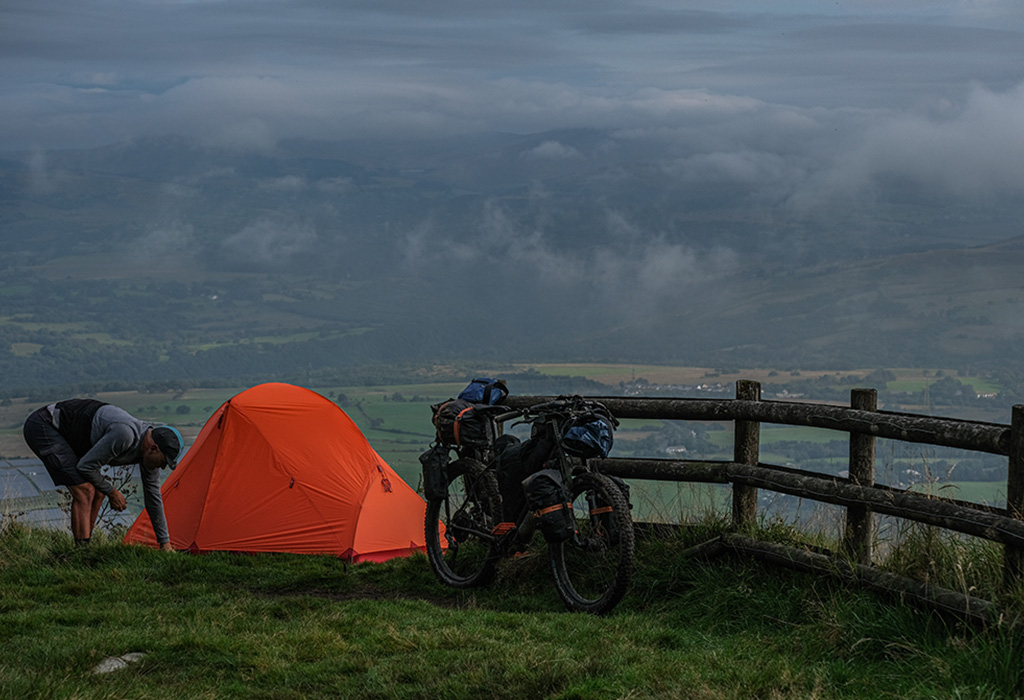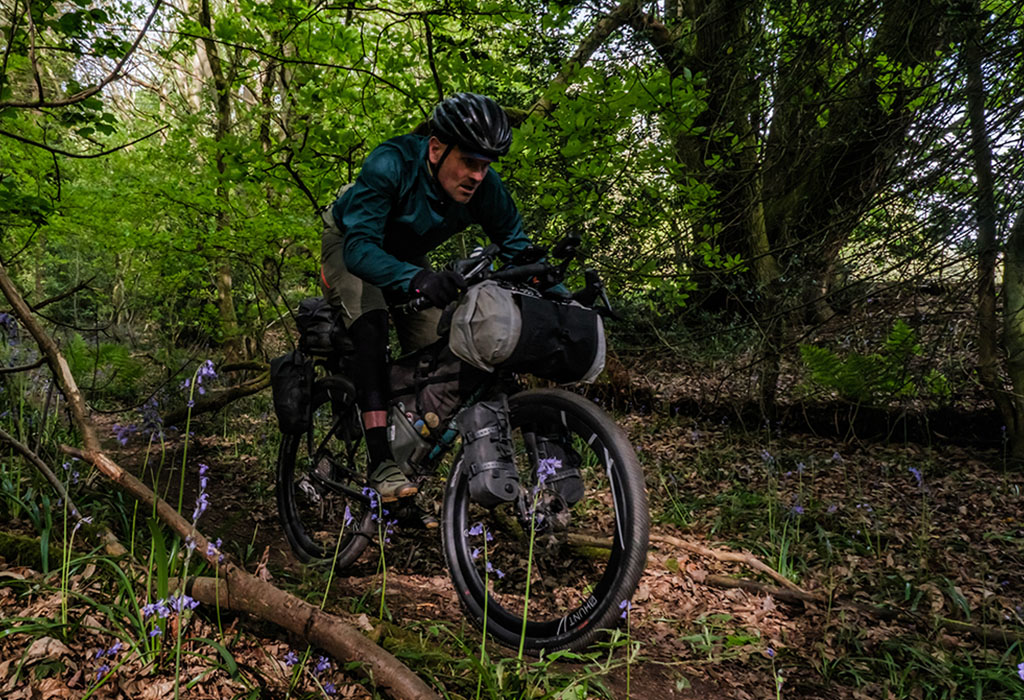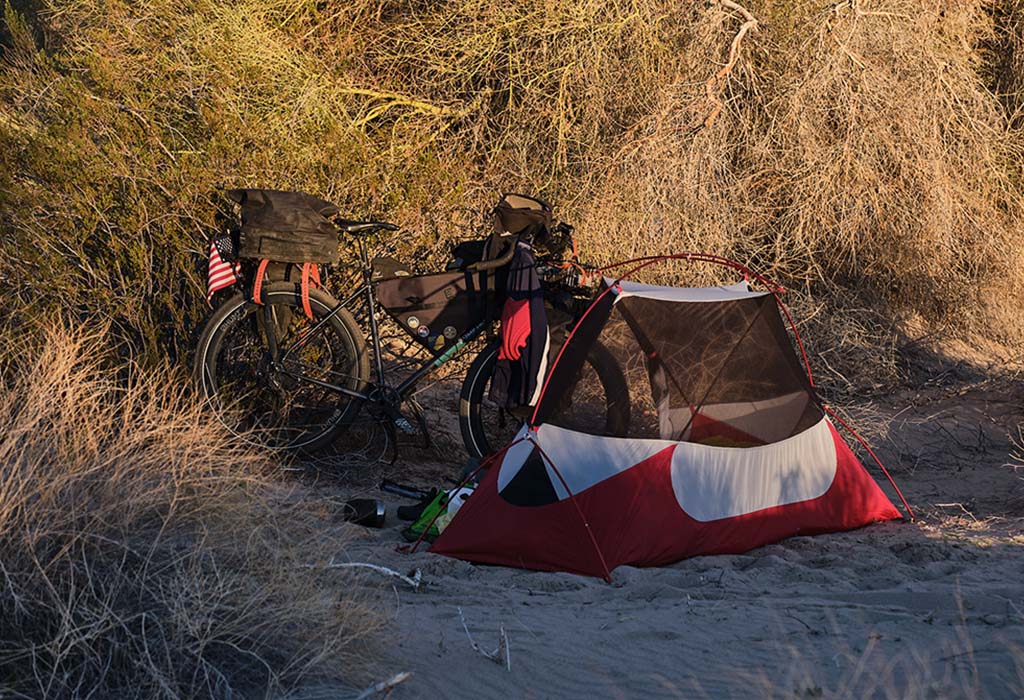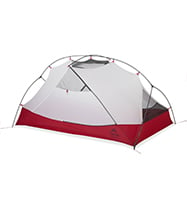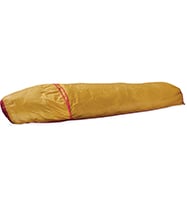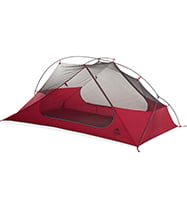Shoulder Season Bikepacking in Europe
Spring and autumn should not be ignored for cycle travel. There’s a real joy and satisfaction that you can find with “out-of-season” travel that you’ll never get if you think of summer as your only option for cycling and adventure. However, the moods of the weather and route choice need thought, so I compiled a few ideas and tips to maximize the enjoyment of shoulder season cycle travel.
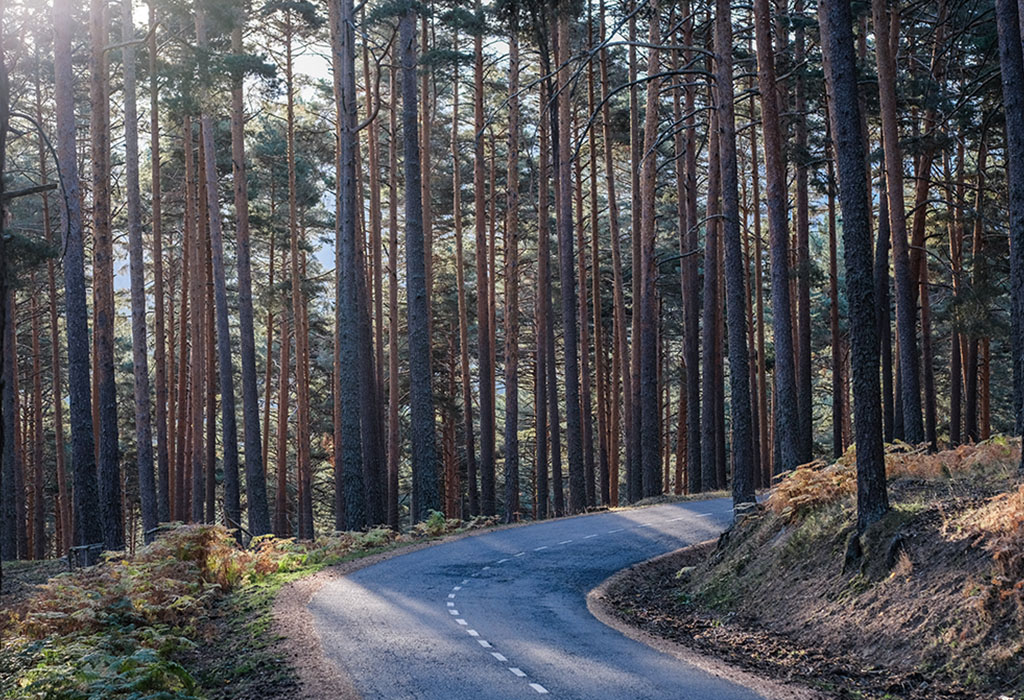
I’m Andy Cox, creator of the European Divide Trail bikepacking route, and I’ve been bikepacking mostly around Europe for the last five years. Before I started out on this Grand Adventure I’d done quite a few shorter trips around the UK and into Europe, but I was always focused on the summer as my main travel season. While I don’t often travel in the depths of winter now (I try to find somewhere sunny and dry to spend December to March), I have really enjoyed out-of-season travel at the start and end of my travelling year.
Here are a few tips and ideas I’ve learned over that time that I hope will help you extend your travel into less predictable seasons.
The Right Route Makes All the Difference
Sunshine and warm daytime temperatures are key ingredients for enjoyable spring and autumn travel, and there are plenty of places in southern Europe that are relatively easy to access and have a lot of the requirements of a good cycle touring destination. Out-of-season coastal areas are a great place to start with, offering cheap accommodation, easy transport links and plenty of riding options. Think the Spanish Costas or Mediterranean/mid-Atlantic islands. The interiors of sunny countries areas are often surprisingly cold from late spring to late autumn, so choose your destination carefully.
The mountains can be magical places in the autumn, before the bad and/or cold weather really starts to hit them. Empty of summer and winter tourists, it’s a time of trees changing colour and valleys filled with mist. A dusting of snow on the high peaks really adds some atmosphere to a scene without making it unduly cold on the lower slopes.
Layering Up is the Answer
Have many thin layers of clothing: a fleece or down layer over base layers and a waterproof/windproof jacket. A woolly hat for evenings and perhaps even down booties or knee-length winter socks, just as a backup. Planning for the worst but hoping for the best is a good strategy—you don’t have to take full-on winter equipment—but a certain amount of extra clothing and bulkier equipment can make the difference between a good trip and stopping an adventure early due to bad weather.
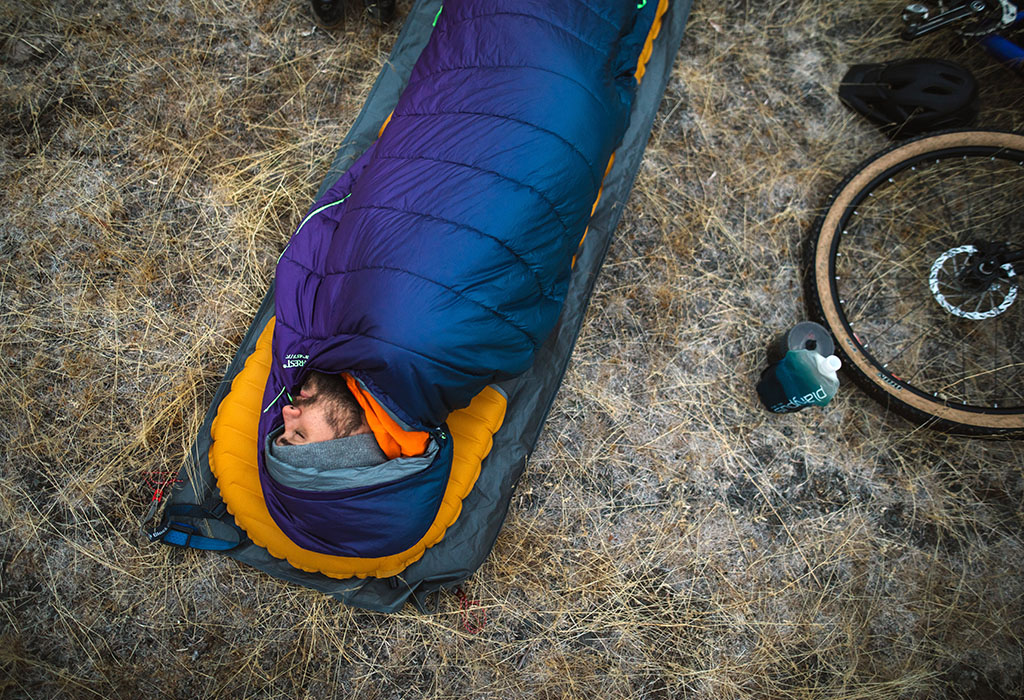
Choose a Flexible Sleep System
Sleeping bags are always a compromise. Too thick and you’ll sweat, too thin and you’ll not sleep well, so again, think about layers. A liner bag is great and will add several degrees to your bag. An emergency bivy bag is also a good idea, just in case your tent leaks in the rain or your sleeping bag isn’t warm enough. While down sleeping bags are great, if they do get wet then they’re hard to dry out, so a synthetic one can be a better bet on potentially wet trips. I like the Therm-a-Rest Space Cowboy™ with the Therm-a-Rest liner bag and an MSR E-Bivy™ bag as a backup and extra layer.
Tents: Go Versatile over Lightweight
You could use your summer tent, but a bit less mesh and a bit more internal space can add to your enjoyment. Certainly, the extra room is nice if you end up tent-bound for several days, waiting out bad weather. For summer I usually use an MSR FreeLite™ 1 tent, but for those in-between times, I find the MSR Hubba Hubba™ 1 is a better option, with less mesh in the inner tent making it better at keeping the cold out and the larger size making it more comfortable to spend more time in if I have to hide away from the weather for a few days.
All these extra or larger bits of equipment shouldn’t add much extra weight to your bags, but just remember that being comfortable in a variety of conditions is more important than a lighter bike. Taking the time to enjoy the different seasons is what shoulder season travel is all about. Try not to be too ambitious in your route, as often the travel in itself will be challenging enough due to fewer daylight hours and potentially tougher ground conditions.
I find quality over quantity to be a good mantra for this type of travel, where the interest of the riding scenery and the off-bike potential for the route you choose is your best bet for a great time.
Related Posts:
- Why This is the Ultimate Bikepacking Stove & Cook Kit
- Cycling Around the World: Lessons from Living a Nomad Life
- Tips for Weekend Bikepacking + 2 Recipes
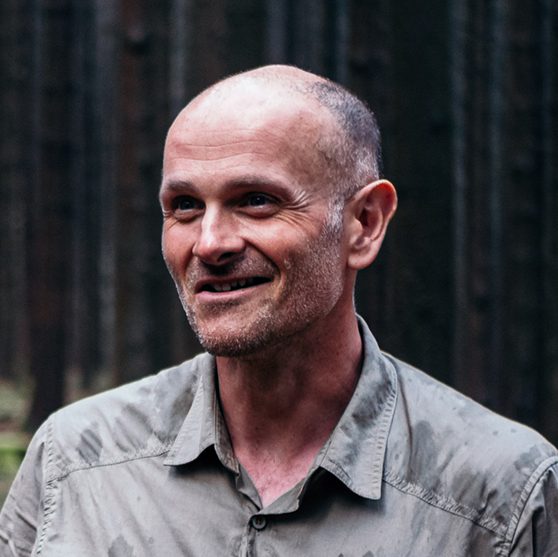 Andy Cox is the creator of the European Divide Trail Network, Bikepacking Dirt Roads Around Europe. He loves to ride, explore and share dirt, gravel and forest roads wherever he finds them. Continuously traveling by bike since May 2017, spending around 250 nights per year sleeping outdoors, riding as much as he can, Andy always tries to live his ‘best life’, as it’s the only one he’s got!
Andy Cox is the creator of the European Divide Trail Network, Bikepacking Dirt Roads Around Europe. He loves to ride, explore and share dirt, gravel and forest roads wherever he finds them. Continuously traveling by bike since May 2017, spending around 250 nights per year sleeping outdoors, riding as much as he can, Andy always tries to live his ‘best life’, as it’s the only one he’s got!

